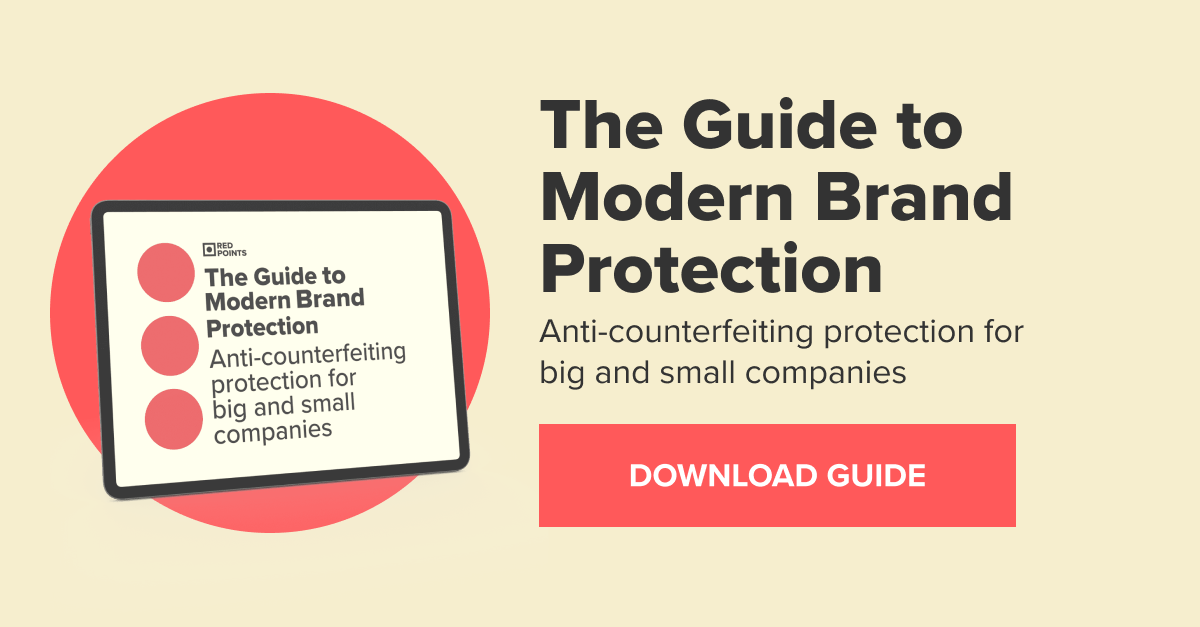
Table of Contents:
Last updated on: July 6, 2022
Trademark covers not only brand names and logos, but extends even to colors. Red Points takes a look at a landmark case of color mark.
On June 12, 2018, when the European Union High court ruled in favor of protecting the red shoe sole Christian Louboutin trademark it was a big victory for trademark holders, especially those seeking to assert their color marks in the EU. Under EU law, Article 2 of Directive 2008/95 provides that “[a] trade mark may consist of any signs capable of being represented graphically, particularly words, including personal names, designs, letters, numerals, the shape of goods or of their packaging, provided that such signs are capable of distinguishing the goods or services of one undertaking from those of other undertakings.” However, the following marks cannot be registered or shall be liable to be declared invalid in which marks consist exclusively of:
(i) the shape which results from the nature of the goods themselves;
(ii) the shape of goods which is necessary to obtain a technical result;
(iii) the shape which gives substantial value to the goods;
Article 3 of the Directive 2008/95.
The Louboutin mark at issue was described as follows in its EU application of registration: “The mark consists of the color red (Pantone 18‑1663TP) applied to the sole of high-heeled shoes (other than orthopedic shoes) as shown (the contour of the shoe is not part of the trademark but is intended to show the positioning of the mark).”
This case was referred to the EU High Court when Van Haren, which sold high-heeled women’s shoes with red soles in the Netherlands, challenged the District Court’s default judgment for trademark infringement made in favor of Christian Louboutin. The crucial question the EU High Court had to consider was whether, under Article 3, a mark consisting of a color applied to the sole of a high-heeled shoe consisted exclusively of a “shape.” As the Directive itself provided no definition for “shape,” the EU High Court interpreted the meaning of “shape” taking into account: 1) its usual meaning in everyday language, 2) the context in which it occurs, and 3) the purposes behind the Directive.
The High Court found that, “in the context of trademark law, the concept of shape is usually understood as a set of lines or contours that outline the product concerned” and, therefore, a color per se, without an outline, does not constitute a “shape.”
Moreover, the High Court noted that the description of the Louboutin color mark itself explicitly stated that “the contour of the shoe is not part of the trademark but is intended to show the positioning of the mark,” thereby excluding the “shape” of the high-heeled shoes from its red color sole mark. Therefore, this decision should be a valuable lesson to color mark holders, who seek to register and assert their color marks within the EU. Color mark holders need to ensure that their color trademark registrations explicitly state that the “shape” or contour of the product to which the color mark is applied is merely intended to show the positioning of the mark and that it is excluded from the mark itself.
In the United States, under the Lanham Act, a trademark is a mark that distinguishes a product from products of other producers in the marketplace and which is perceived by consumers as an indicia of product source. When in 2011, in the US, Yves St. Laurent (YSL) introduced a line of monochrome high heels, one of which was a red high-heeled shoe with a red sole, Louboutin sued YSL stating that the red monochrome high-heeled shoe infringed on its red sole trademark. The case was eventually appealed to the Second Circuit, which found Louboutin’s red sole to be a valid trademark because it had acquired secondary meaning or “the requisite distinctness to merit protection—when used as a red outsole contrasting with the remainder of the shoe.” However, YSL’s use of red sole on monochromatic red shoes was not found to be infringing because their use was not directed to contrasting the sole with the rest of the shoe. Therefore, their use was not likely to cause confusion with the contrasting red sole Louboutin mark in the minds of reasonable consumers.
The Second Circuit also considered whether the Louboutin mark was invalid under the doctrine of aesthetic functionality, as described by the Supreme Court in Qualitex, “the ultimate test of aesthetic functionality … is whether the recognition of trademark rights [in an aesthetic design feature] would significantly hinder competition.” The Supreme Court made a similar holding in TrafFix, stating that when deciding trademark validity under the aesthetic functionality doctrine, courts must inquire as to whether upholding the trademark “would put competitors at a significant non-reputation-related disadvantage.” Therefore, to find a color mark, like the Louboutin red sole mark, valid the US courts must balance whether the mark has acquired secondary meaning, that is requisite distinctiveness and recognition, to merit protection with the costs of putting its competitors at a functional disadvantage by precluding them from using the same mark.
In the Louboutin case, the Second Circuit found that the balance was in Louboutin’s favor as the secondary meaning and brand recognition acquired by their contrasting red soles merited protection, which outweighed the relatively minor disadvantage its competitors like YSL were subjected to by being precluded from marketing high-heeled shoes with contrasting red soles.
Therefore, color mark holders in the USA would be served well by exerting their efforts to acquire secondary meaning by ensuring that their marks distinguish themselves from their competitors in the marketplace and serve as a product source indicator to reasonable consumers. For a breakdown of the basics of intellectual property, click here.
